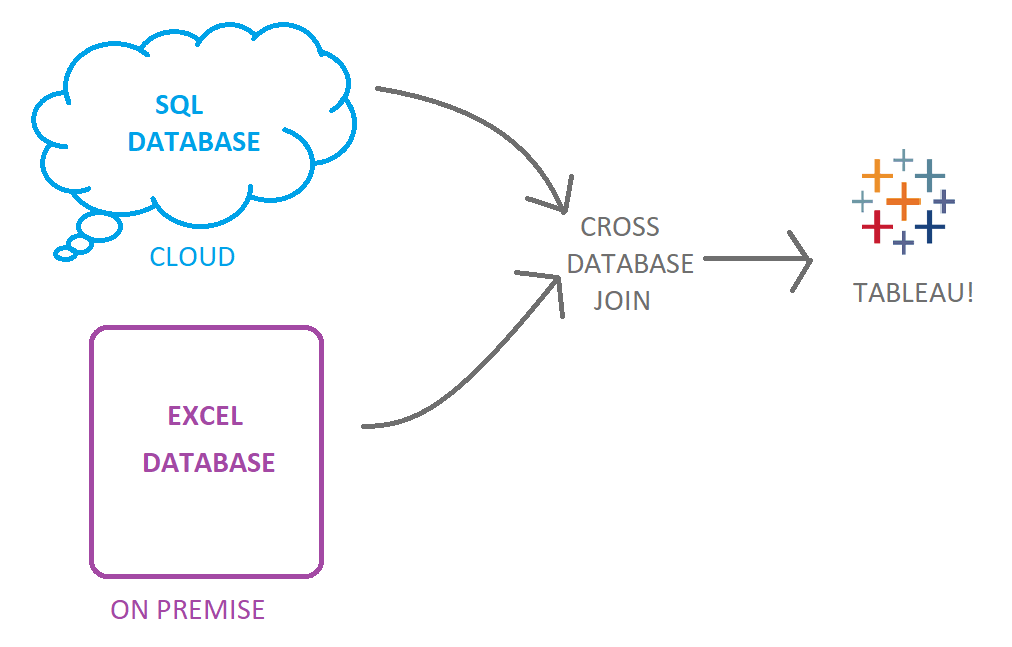This week was the beginning of the “Intermediate Tableau” section of our training. On Monday we learned all about servers from Andrew (@AndrewPick_TIL).
Tuesday and Wednesday were spent with Andy (@VizWizBI) and Gwilym (@GwilymLockwood) going through table and join calculations and level of detail expressions. Table calculations, as the same suggests, are calculations which are applied to the values in the entire table. For example, for calculating a running total or running average, we need to apply a single method of calculation to an entire column. Level of detail expressions provide a way to easily compute aggregations that are not at the level of detail of the visualisation. There are three main kinds of LOD: fixed, include and exclude.
The lessons were quite intense and often left us scratching our heads. At one point Andy looked at a monstrous graph I had created and just sighed “Oh Kirsty…” Learning these will be a case of practise, practise, practise…
 Action Shot
Action Shot
For Thursday, we were each given a topic to explain to the class in our own way, for example: join, cross database joins (my one), blending etc. It was really helpful and refreshing to teach one another, I find teaching a concept to another person inadvertently helps your own understanding.
For those who don’t know, here is a quick lesson in cross database joins! They work a lot like regular joins with one key difference- the datasets used are from different database systems (e.g. excel, csv, SQL…). Cross database joins allow you to work with, combine and analyse these datasets in Tableau despite their different engines. This comes in very handy when clients have their data in more than one place and it saves them having to convert all their datasets to one type- thereby saving money and reducing latency!

Microsoft Paint’s Finest Work
